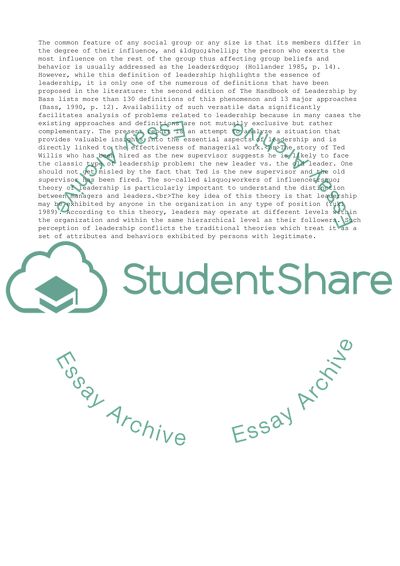Cite this document
(“How to Cope with the Problematic Situation Essay”, n.d.)
How to Cope with the Problematic Situation Essay. Retrieved from https://studentshare.org/management/1543761-case-study
How to Cope with the Problematic Situation Essay. Retrieved from https://studentshare.org/management/1543761-case-study
(How to Cope With the Problematic Situation Essay)
How to Cope With the Problematic Situation Essay. https://studentshare.org/management/1543761-case-study.
How to Cope With the Problematic Situation Essay. https://studentshare.org/management/1543761-case-study.
“How to Cope With the Problematic Situation Essay”, n.d. https://studentshare.org/management/1543761-case-study.


